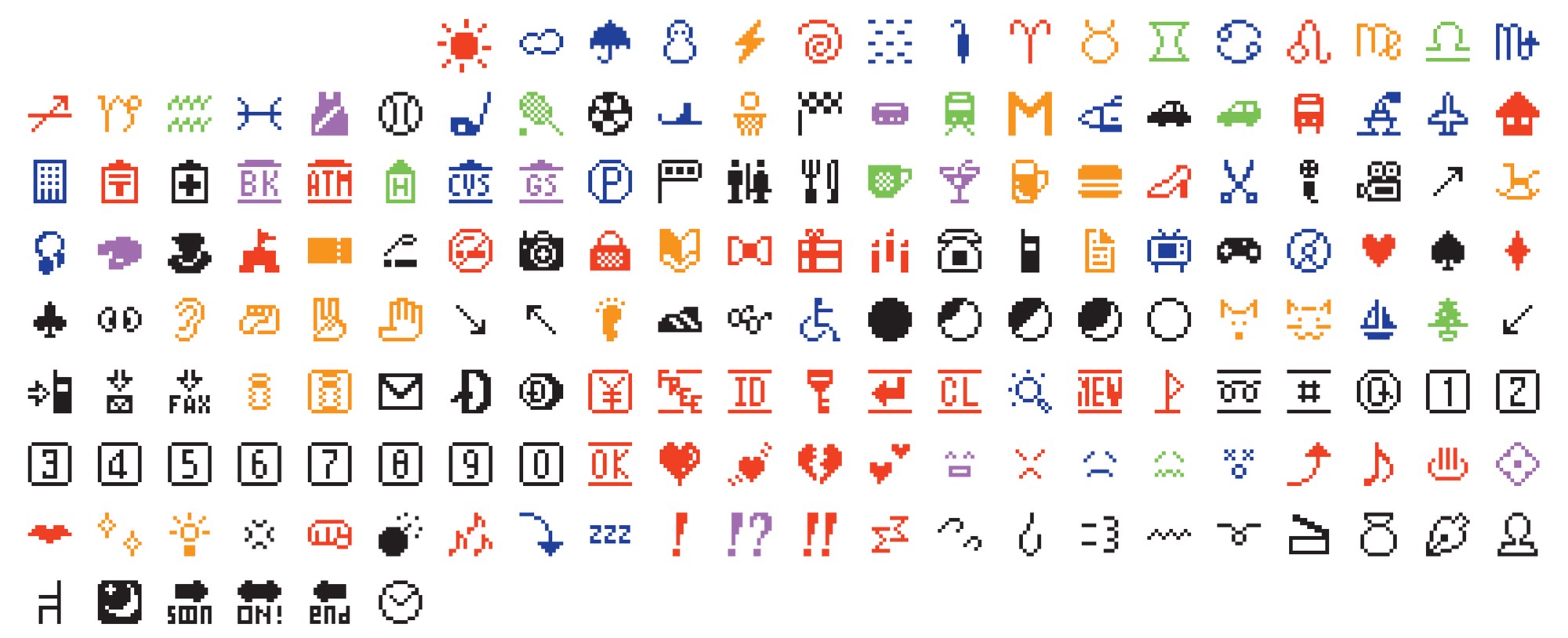The museum acquired pictograms for virtual communication for its permanent collection.
The original set included 176 icons 12 by 12 pixels. They were designed in 1999 by Shigetaka Kurita who worked for NTT DOCOMO, a Japanese telephone company. All emojis became a part of the permanent collection at the Museum of Modern Art in New York (MoMA) alongside works by Andy Warhol, Salvador Dali and Pablo Picasso.
Today the emoji library contains almost 2,000 icons. Unlike modern-day symbols, the emojis of 1999 were basic and included, for example, only four hand gestures, five smilies and 12 zodiac symbols.

NTT DOCOMO donated the original emojis to MoMA as a gift. The museum’s architecture and design collection specialist Paul Galloway called the icons “humble masterpieces”.
“Shigetaka Kurita, who was a member of the i-mode development team, proposed a better way to incorporate images in the limited visual space available on cell phone screens. Released in 1999, Kurita’s 176 emoji (picture characters) were instantly successful and copied by rival companies in Japan,” Galloway writes on his blog. “(Emojis) as a concept go back in the centuries, to ideograms, hieroglyphics, and other graphic characters, enabling us to draw this beautiful arch that covers all of human history,” another museum representative added.
Original emojis will be on display in the Museum of Modern Art's lobby by the end of the year with animations using the current generation of icons.
Subscribe to our mailing list: